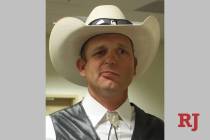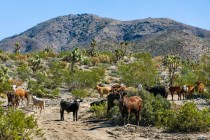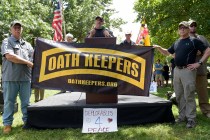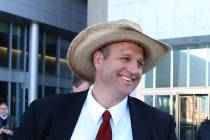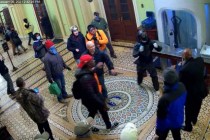BLM pulls workers from Gold Butte after shots fired near surveyors
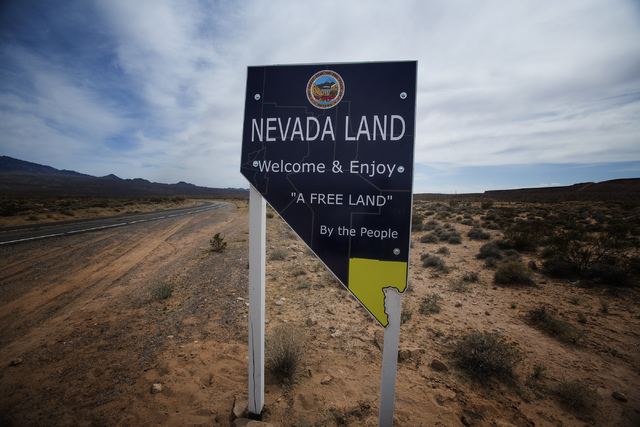
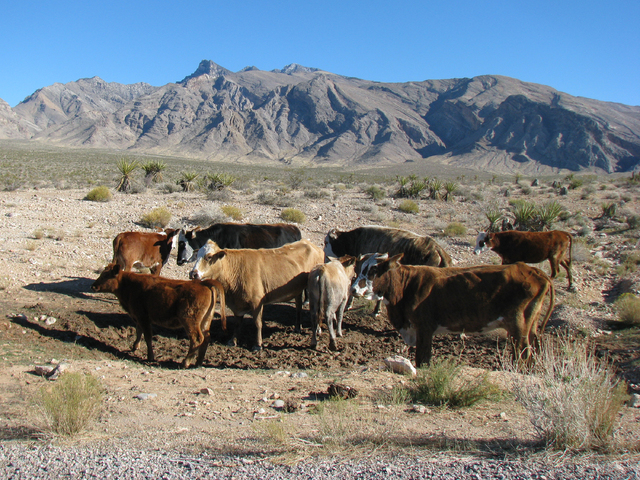


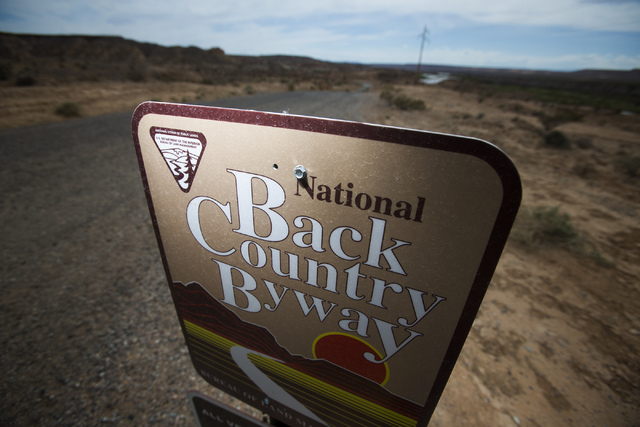

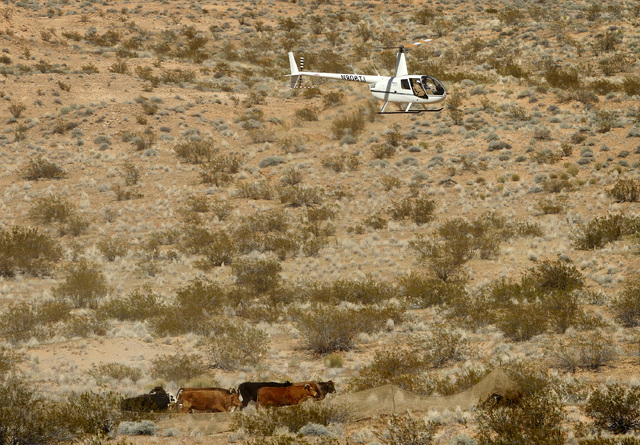
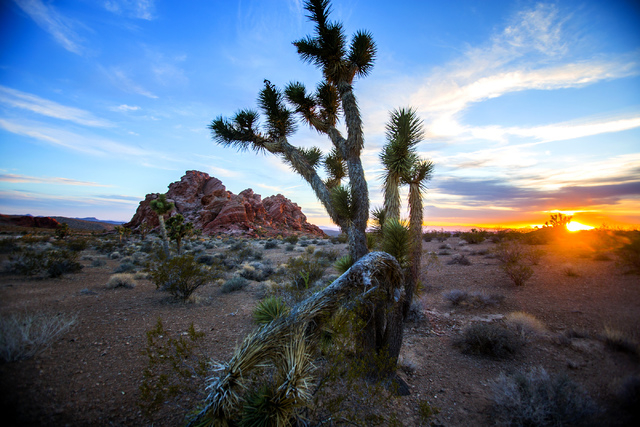
The Bureau of Land Management has told its employees and contractors to stay out of a disputed swath of public land in northeastern Clark County after shots were fired near a survey crew’s camp last week.
The FBI and Metro police are said to be investigating the June 5 incident, which unfolded in a remote area at the northern tip of Lake Mead where Bunkerville rancher Cliven Bundy continues to graze cattle in defiance of federal authorities.
No one was injured, but the three surveyors from the Nevada-based Great Basin Institute packed their gear in the dark and quickly left the area after they said someone fired three shots from a nearby road and then returned an hour later to fire three more.
The agency later directed that “all personnel and contractors are not to work in the Gold Butte area at this time,” said Great Basin Institute co-founder and executive director Jerry Keir, reading from the incident report submitted by his survey team.
A three-person crew was collecting data on springs, seeps and cattle troughs for a BLM inventory of the Gold Butte area. They were scheduled to spend a week in the area about 100 miles northeast of Las Vegas, but at the end of their first day along the western slope of the Virgin Mountains they were approached by two men in a vehicle who asked them what they were doing.
The surveyors said the men identified themselves as ranchers and were “very cordial.”
A few hours later, shortly after the surveyors climbed into their tents for the night at about 9 p.m., they heard a vehicle on the road and saw its headlights shining on their camp. That’s when the first shots were fired.
They told Metro and the FBI those shots and the second series an hour later came from roughly a third of a mile away from their campsite.
“To my knowledge they weren’t shot at, but there was gunfire in the vicinity so they decided they should leave,” said Terry Christopher, the environmental research institute’s associate director in Southern Nevada.
Keir called the incident “highly unusual” for Nevada and “unprecedented” for the Gold Butte area, where hundreds of people from the institute have spent more than a decade monitoring desert tortoise populations and restoring riparian habitat.
He said the institute is now working to strengthen its emergency protocols and review its communication plan with dispatchers and the BLM.
The bureau had little to say about last week’s incident beyond a prepared statement describing what happened.
“The situation is under investigation and the BLM is taking appropriate safety precautions to ensure the safety of its employees and contractors,” the statement read.
Rudy Evenson, spokesman for the agency in Nevada, said he couldn’t offer any additional information.
The survey crew was working in a 600,000-acre area that federal authorities temporarily closed early last year so contract cowboys could round up several hundred cows Bundy left to roam without a permit on federal land. The impound operation lasted a week before being called off on April 12, 2014, after the rancher’s supporters, including armed militia members, shut down Interstate 15 and marched on the corral holding the cattle.
Bundy stopped paying fees to graze his cattle on public land more than 20 years ago amid a dispute over restrictions placed on his operation by federal range managers. The BLM responded by cancelling the rancher’s grazing permit in 1994 and closing the land to livestock in 1999. Bundy ignored those decisions, just as he has two federal court orders directing him to remove his animals or have them confiscated.
It’s unclear if the two men who spoke to the surveyors were from Bundy’s ranch or if one of them was Bundy himself. Messages left for the rancher Thursday were not immediately returned.
Keir said the simmering conflict continues to hamper efforts to study, manage and protect Gold Butte, which has been proposed as a National Conservation Area for its rugged mountains, sandstone ridges, native American petroglyphs and historic mine sites between Lake Mead’s Overton Arm and the Arizona border.
Along the Virgin and Muddy rivers near Lake Mead, for example, security concerns have kept workers away from restoration sites where invasive salt cedar plants are being replaced with native willows. When they do get to the sites, the workers sometimes find the ground trampled and the saplings eaten by rogue cattle.
“There have been complications,” Keir said. “It’s unfortunate.”
Contact Henry Brean at hbrean@reviewjournal.com or 702-383-0350. Find him on Twitter: @RefriedBrean




